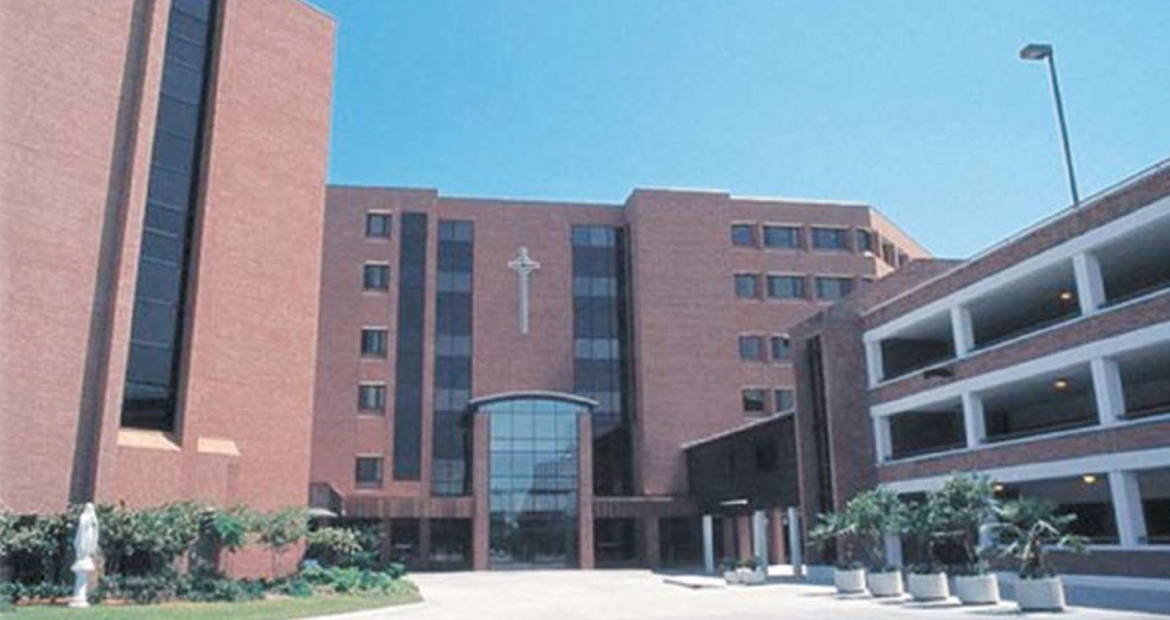Medical center turns to Cummins for reliable emergency and supplemental power
By Adam Sidders, Marketing Communications Leader, Power Systems

Our Lady of the Lake Regional Medical Center is the largest private medical center in Louisiana (U.S.A), with 763 licensed beds. It treats approximately 25,000 patients each year in the hospital and serves about 350,000 persons through outpatient locations. The Louisiana Quality Foundation recently conferred its Level III Louisiana Performance Excellence Award on the medical center, so it is no surprise that it turned to another quality manufacturer, Cummins Power Generation, to design and install new generators, digital controls, paralleling switchgear and transfer switches for life-safety and supplemental power.
Cummins installed one 1750 kW diesel generator and five 1750 kW lean-burn gas generators equipped with PowerCommand® digital controls, paralleling switchgear and transfer switches. In addition, Cummins provided design, installation, technical support, installation reviews and commissioning services.
The need for additional reliability was heightened by the geographic location of Baton Rouge in the “hurricane zone.” This factor was not overlooked when the Cummins team counseled their customer to choose lean-burn, natural gas units as part of the solution. When Hurricane Katrina hit the Gulf Coast, many areas were without power for over a week. The average on-site diesel storage tank typically provides fuel for only 8–24 hours, while natural gas offers an almost limitless supply of fuel that is not interrupted by hurricanes. The Cummins Power Generation solution provides the advantages of both fuel types.
Read more on the Our Lady of the Lake case study at cummins.com.
Author Profiles

Adam Sidders, Marketing Communications Leader, Power Systems
Adam Sidders is the Marketing Communications Leader for the Power Systems Business Unit of Cummins Inc. Prior to joining Cummins in 2012 Adam worked in Financial Services for Europe’s largest independently owned insurer as their Marketing and Communications Manager. adam.sidders@cummins.com
Related Tags